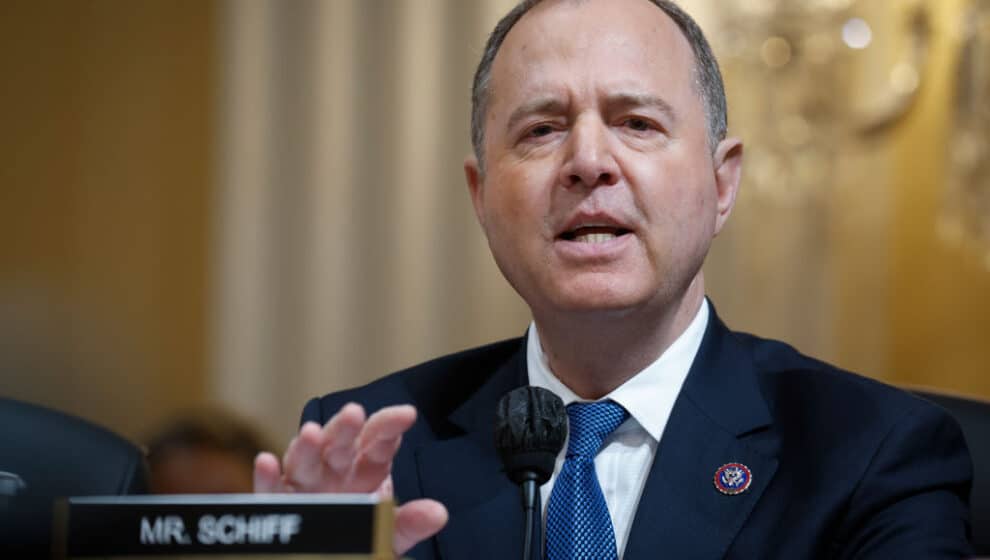The newest round of Twitter Files drops show the federal government pressuring social media to ban thousands of accounts it claimed were connected to foreign governments—or even just for petty reasons.
Key Details
- The Twitter Files continue to drop after more than a month with Parts 11 and Part 12 dropping on Tuesday, January 3, from independent journalist Matt Taibbi’s Twitter account. He also released a Substack piece summarizing every release since December 2.
- Twitter owner Elon Musk and several investigative journalists continue to reveal new revelations about the previous owners of Twitter and their relationship with government organizations and individuals to censor users.
- These two new parts show how Congress pressured Twitter to find evidence of Russian collusion and conspiracies and how politicians and government agencies could request content to be taken down—sometimes for petty or personal reasons.
- “U.S. government agencies demanded suspension of 250,000 accounts, including journalists and Canadian officials!” says Musk.
- Check out our previous coverage on Part 1, Part 2, Parts 3-5, Part 6, Part 7, and Parts 8-10.
BREAKING DOWN PART XI
In the aftermath of the 2016 election, claims of Russian meddling resulted in the intelligence community pushing very hard to crack down on any provable instances of foreign meddling, resulting in Facebook banning 300 Russian accounts. Twitter initially didn’t react, internally believing there was no problem to address regarding noticeable movement from Russian accounts.
An initial effort in September 2017 that resulted in 22 Russian accounts being banned earned the scrutiny of Senator Mark Warner (D-VA), who dismissed the action as “inadequate in every way.” After meeting with the Senate Intelligence Committee, Twitter officials reported that Warner was incentivized to pressure Twitter to “keep producing material for them.” The site created a Russian task force to investigate possible Russian materials, finding almost nothing—32 suspicious accounts.
One of the only significant accounts it noted spreading disinformation was the official account for Russia Today, which Taibbi claims later inspired the New York Times headline “Russian Influence Reached 126 Million Through Facebook Alone.” The pressure on Twitter would only increase to find more evidence, including bad PR and threats of punitive legislation. Twitter ultimately “pledged to work with them on their desire to legislate.”
“Twitter soon settled on its future posture. In public, it removed content at our sole discretion. Privately, they would off-board anything identified by the U.S. intelligence community as a state-sponsored entity conducting cyber-operations,” says Taibbi.
BREAKING DOWN PART XII
By 2020, Twitter was struggling under pressure as agencies took their lists of “suspected” accounts to the media instead of the company directly, indirectly applying pressure on the company to act against accounts. The Global Engagement Center (GEC) claimed that Russia was trying to stir disinformation, saying that the Wuhan Lab leak theory and claims that the CIA created COVID were Russian disinformation. Former Head of Trust and Safety Yoel Roth appealed to work with them directly instead of through the media.
During this time, the state department of the Trump administration was appealing against over 5,500 accounts linked to Chinese disinformation about COVID-19. The GEC would ultimately send Twitter a list of 250,000 accounts, including CNN journalists and Canadian government officials. The GEC convinced Twitter to work with them further by implicitly threatening to take names to the press. Twitter didn’t want to play ball though because it perceived the GEC as an extension of the Trump Administration.
“Facebook, Google, and Twitter executives were united in opposition to GEC’s inclusion, with ostensible reasons including, ‘The GEC’s mandate for offensive IO to promote American interests.’ A deeper reason was a perception that unlike the DHS and FBI, which were apolitical,’ as Roth put it, the GEC was ‘political,’ which in Twitter-ese appeared to be partisan code. ‘I think they thought the FBI was less Trumpy,’ is how one former DOD official put it,” says Taibbi.
Twitter would ultimately take requests from “every conceivable government body” from officials “asking for individuals they didn’t like to be banned.” The office of Adam Schiff went as far as to request journalist Paul Sperry be banned. “WE DON’T DO THIS,” Twitter responded, although Sperry would later be banned for unstated reasons. Several other accounts would be banned though, on the government’s claims that they were tied to Russia.
Twitter gradually lost the ability to say no to requests, which started arriving “in bulk.” The amount of work Twitter was requesting ultimately resulted in the government paying the social media giant for its service, as it overworked employees with requests. The requests only continued as the Russian invasion of Ukraine began in February.
“They were even warned about publicity surrounding a book by former Ukraine prosecutor Viktor Shokhin, who alleged ‘corruption by the U.S. government’—specifically by Joe Biden,” says Taibbi.

